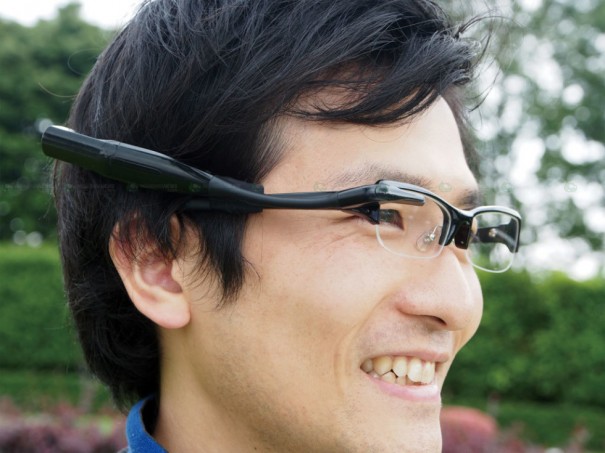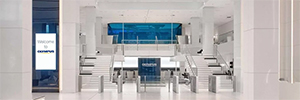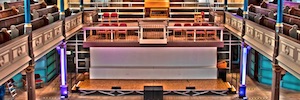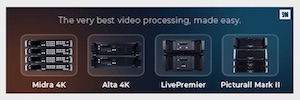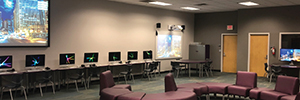Olympus creates its own model of augmented reality glasses
Japanese company Olympus has launched a new prototype of augmented reality goggles, MEG4.0, a device similar to the one recently released by Google, Project Glass. These are augmented reality glasses that can be used together with smartphones and tablets by placing a screen of 320 X 240 pixels a few centimeters from the user's eyes.
Olympus has presented MEG4.0, your own model of augmented reality glasses. It is a device with screen that attaches to the lenses and allows to display the contents on devices on the actual background. Olympus' bet connects to smartphones and tablets via Bluetooth 2.1 and has an autonomy of up to 8 hours. The goal is to allow users to have a screen that can be used in their field of view, without blocking it.
MEG4.0 includes a small screen developed with QVGA technology. This screen has a resolution of 320 by 240 pixels and is ate-ed to glasses. The technology developed by Olympus allows you to view the contents without blocking the real image and the company has stressed that its technology takes advantage of real light to offer greater visibility.
As a standout feature, Olympus has opted for Bluetooh connectivity 2.1 to allow MEG4.0 to connect to mobile devices of all kinds. In this way, users could access the connection and the contents of their 'smartphones’ through his glasses, which would allow interaction without having to access the devices. The MEG4.0 has a autonomy of 8 hours, 2 with the screen on, and has sensors such as accelerometer to allow interaction with certain applications.
Other projects
Google opened Pandora's box of augmented reality glasses with Project Glass, a device that offers the possibility to interact with the environment by overlaying the contents and that can revolutionize the way users interact. nevertheless, Google and Olympus aren't the only companies that seem to be working in this new era of devices, because Apple is another of the companies that have also put the spotlight on the glasses as a new output interface and, in that sense, have registered the patent for an image projection system on both eyes that could be quite revolutionary.
You liked this article?
Subscribe to our RSS feed And you won't miss anything.



